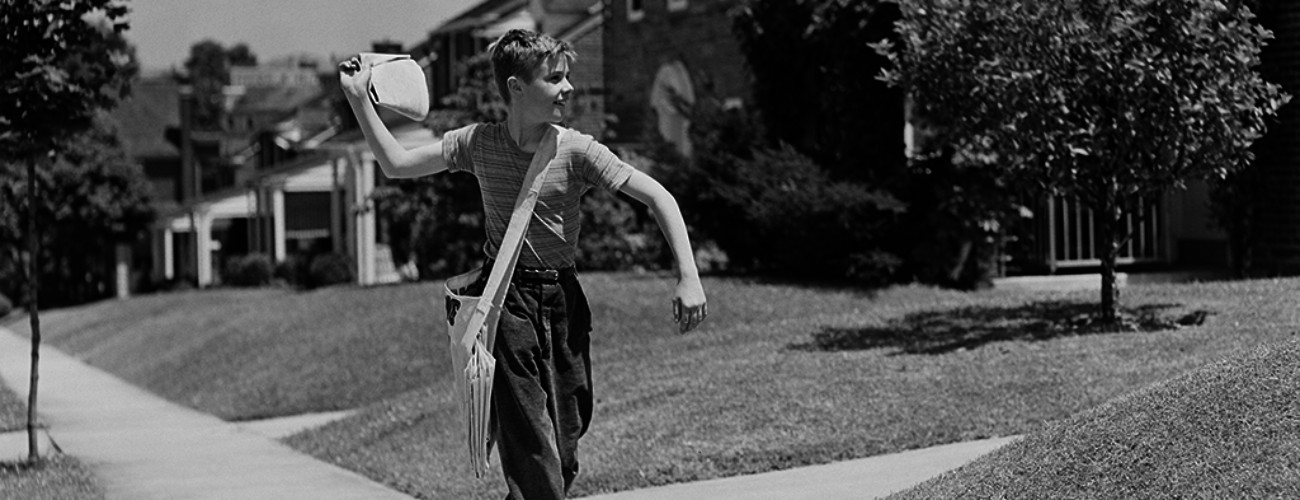Sign up for The Media Today, CJR’s daily newsletter.
An unspeakable tragedy strikes an American town, and its residents spend the next several days not only numb with grief, but coping with an invasion that turns their home into a media circus. It’s a scene that’s played out—from Sutherland Springs to Newtown to Littleton—over and over again. As Dallas Morning News reporter Lauren McGaughy, one of the first to arrive in Sutherland Springs earlier this month, wrote, “there should be—there must be—a better way to cover a tragedy like this.”
In an open letter to the people of the town, McGaughy reflects on the prayer vigil held the night of the shooting. “Mourners clutching candles hugged each other and sobbed. The pictures were beautiful,” she writes. “What you didn’t see was the scrum engulfing your friends and loved ones, photographers and reporters with iPhones jockeying to capture an image that didn’t also include the media melee.”
ICYMI: A notable difference in the coverage of the Florida school shooting
The day after the Sutherland Springs shooting, I spoke with the top editor at a major outlet who suggested we shouldn’t devote so many resources and so much airtime to mass shootings, given that the current political reality means nothing will change. New York Times reporter Eric Lipton had a similar reaction.
Part of me wonders if the news media should try to significantly reduce covering these events. https://t.co/pi7C8VVDB8
— Eric Lipton (@EricLiptonNYT) November 5, 2017
Discussions on the chaos and discomfort caused by media coverage of mass shootings are nothing new, but the influx of reporters into Sutherland Springs, a town of just 700, presents an especially pointed case study. In response to McGaughy’s piece, CJR’s Jon Allsop went in search of solutions to the issue. Allsop’s reporting led to five suggestions about how the industry could adjust its coverage. His list includes practical steps like better training for journalists on the ground and increased cooperation with local media to shrink the footprint of a national swarm, to more ambitious ideas like utilizing pool reporting in the manner of White House coverage.
ICYMI: Five ideas for more respectful media coverage after mass shootings
The prevalence of guns in American society means mass shooting events are a sad part of our way of life. Before the next one, media organizations should look to their coverage of Sutherland Springs and question whether we can do better.
Below, more on how journalists cover mass killings.
- Adding to a town’s pain: “I’ve covered gruesome events around the world—earthquakes, hurricanes, fires,” writes The New York Times’s Simon Romero. “But none of those experiences prepared me for the media maelstrom in Sutherland Springs.”
- Tools for covering shootings: The Dart Center for Journalism & Trauma has a comprehensive list of resources for journalists covering mass killings and reporting on guns.
- Naming the shooter: CNN’s Anderson Cooper is one of several journalists who have openly decided not to name mass shooters in their reporting. In the wake of Sutherland Springs, the Los Angeles Times’s Michael McGough criticized that approach.
- An ongoing conversation: Quartz’s Corinne Purtill was on this story two years ago, writing after a gunman killed 10 people at Oregon’s Umpqua Community College that “it’s time to change the way the media cover mass shootings.”
Other notable stories
- The Daily Beast’s Brandy Zadrozny reports on the “toxic” culture for women inside Vice Media. “The company is far from the woke media giant it claims to be—especially in its dealings with the women it employs,” Zadrozny writes.
- I looked at the rollicking feud between CNN and BuzzFeed that harkens back to an earlier era of media rivalries. “I think it’s actually good for both organizations,” CNN VP of Communications Matt Dornic told me. “We challenge them to be better journalists, and they challenge us to be better storytellers.”
- Concerning news from Russia: The Financial Times’s Max Seddon reports that the Kremlin is preparing to respond to a decision by the Department of Justice to make RT register as a foreign agent in the US by giving “Russia’s justice ministry the power to ban any media outlet that receives funding from abroad.”
- In Philadelphia, some journalists have started carrying Narcan as they cover the city’s opioid crisis. “I’m a columnist, so maybe I’m free to raise my hand and say, ‘I am in favor of saving lives,’” the Inquirer’s Mike Newall tells Jillian Bauer-Reese.
- Alexander Nazaryan’s Newsweek cover story examines Fox News in the Trump era. “At battle with itself and outside forces, Fox News helped create the splendid turbulence of our political civic life—but is now threatened by it,” Nazaryan writes.
Has America ever needed a media defender more than now? Help us by joining CJR today.



